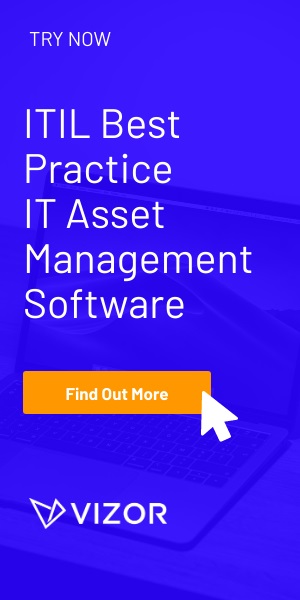Why go with an agent-based ITAM solution?
IT Asset Management: best success with an agent or without?
There was a period in the evolution of PC management products when agent software got something of a reputation for making work for the desktop system administrator. Whether it was agent conflicts, excessive memory footprints or CPU demands, or simply that it had to be incorporated into the system image – maybe in multiple variants – and was adding to the task of maintaining a nice simple desktop image. Applying updates was seen as a particular headache, especially when out of sync with planned refreshes.
On the flip side of the ‘ease of administration’ argument, has always been the value of the additional information and detail which can be captured by an agent. Not least in this category is the detailed software usage information which many of our customers use to drive highly effective software license optimization. There is also the point that an agent-less approach should be checked with just the same diligence for impact on the desktop as an agent-based approach, especially when new versions of the agentless solution are implemented.
Over the last eighteen months, there has also been an increased focus on making sure that widely scattered laptops are brought under IT asset management disciplines, and this becomes impractical unless there is an agent installed which can be relied on to connect to the IT asset database when that machine is connected to the Internet. Those vendors with Web-enabled agents are now answering this challenge. (Our implementation arrived in April in v5.7 and was fine-tuned in the recent v5.8 build.)
Using secure Web transmission to send raw inventory and configuration data back to a server also eliminates one of the old causes of agent update headache, which was password changes that affected the agent’s ability to communicate with a network share.
ITAM follows the automation approach of AV updates
But that still leaves the issue of maintaining the agent in its most current form, outside of regular desktop updates. Here, leading vendors such as Vector have adopted the same technique as leading AV vendors, which is to ensure that the agent can self update. To avoid any risk of destabilising the PC itself, through rolling out a buggy update, the agent can look for any new approved agent only in a location specified by the system administrator, so only pre-tested versions of the agent can be deployed by the automated updated process.
It’s fair to say that the last eighteen months have seen a revolution in the ease of maintenance of some vendors’ agent-based solutions, dramatically swinging the debate in favor of the added richness and value of the data that can be collected.






